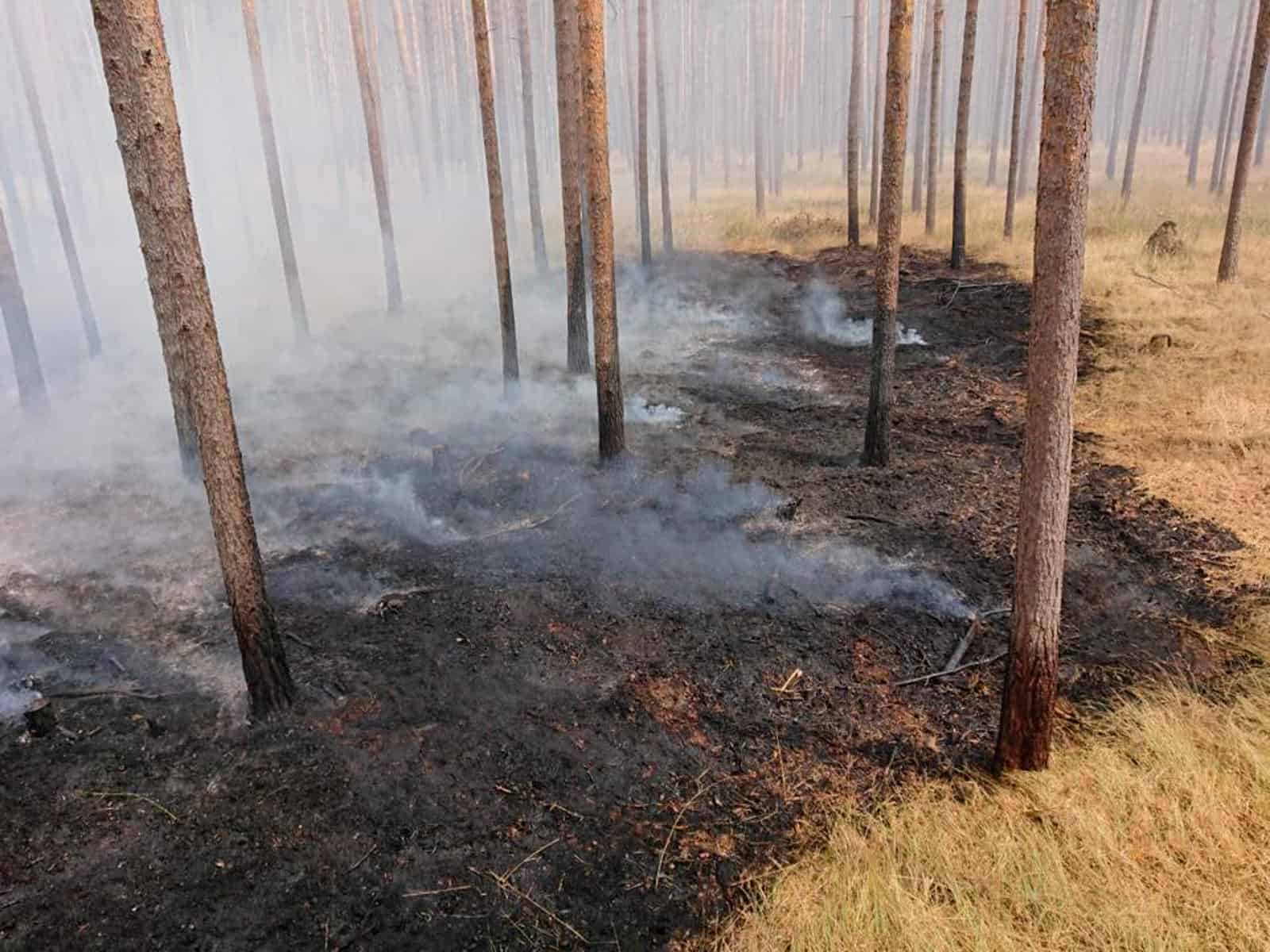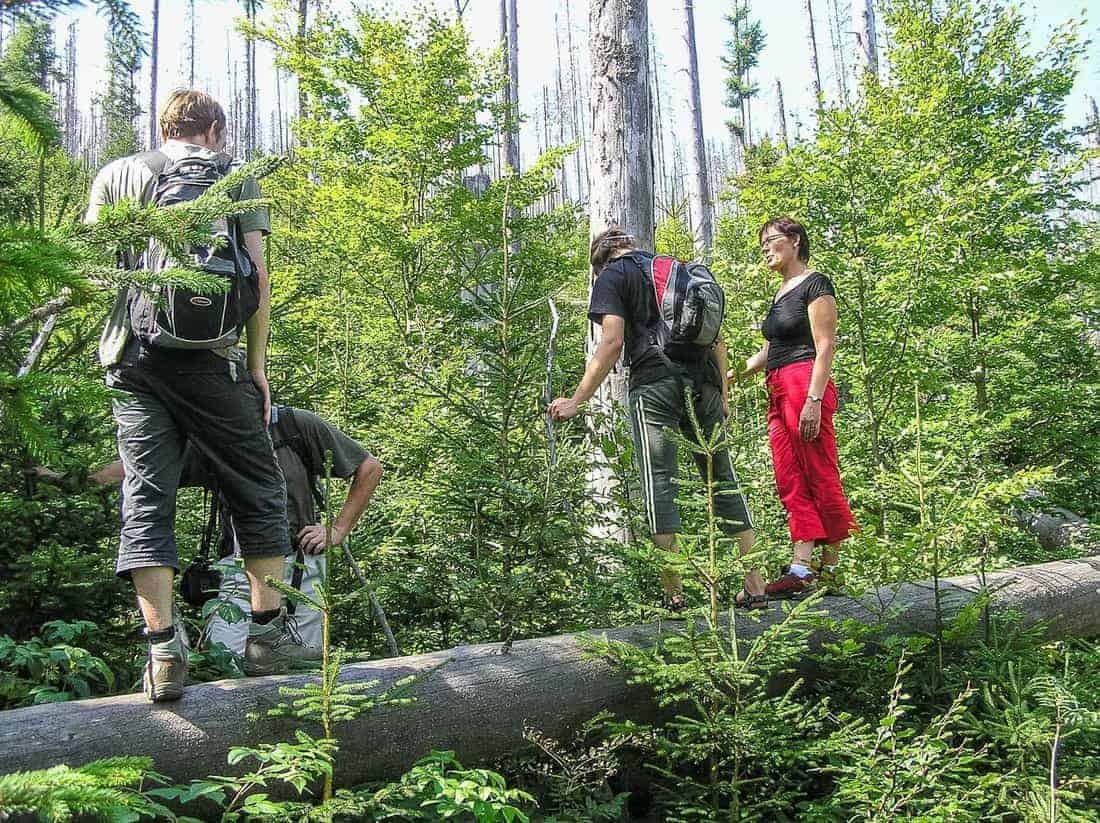Will burning forests be the new normal?
The climate crisis is the worst crisis in human history and it will affect almost every aspect of the environment and our lives. One of the most dangerous effects is its influence on forest fires around the world. Studies have predicted more and stronger fires for over a decade. As most other warnings regarding the climate crisis, they were mostly ignored. But the last two years painfully proved how serious the situation already is.
Please also read: Forest Use: Spare Where Possible, Share Where Beneficial
‘Years of fire’ 2018 and 2019
The number and size of forest fires around the globe in 2018 and 2019 were unprecedented. It started in July 2018 in California, where scientists see signs of a ‘megadrought‘ that might last for decades. In the spring of 2019, the fire season in boreal forests started months earlier than normal. Forests the size of Belgium burned down in Russia.
And later in the year, the ‘Green lung of the planet’, the Amazon, saw an unprecedented magnitude of burning forests. They were especially devastating, because other than the coniferous forests of California anf the North, fires are not natural in tropical rain forests. They were probably deliberately lit to create new agricultural area and it will takes decades for the forest to recover. Finally, the last fires of 2019 were also the worst. In Australia, 200 000 km² were on fire, which is almost the size of Great Britain.
Burning forests all across Europe
And the situation was similarly bad in many regions of Europe. Burning forests, droughts and heatwaves have hit most corners of Europe within the last two years. The Iberian Peninsula, France, Greece, Central Europe and Scandinavia all suffered from large-scale fires. And this is part of a larger pattern. Forest fires in Spain are eight times more frequent than in the 1960s.
One of the hardest hit countries in Europe was Germany. It lost 300 million trees in 2018 and 2019 to forest fires, drought and pests. And 2020 is already looming to become another extreme year for Germany. Germany’s National Meteorological Service predicted another year of drought in January, because the soil is dried out meters deep. And while a sunny spring so far pleases Germans stuck in shut down, it makes the situation worse. Another dry and hot year could cause catastrophal damages in ecosystems, forests and agriculture. Because the last two years dried out the soil and emptied water reservoires, heat and drought would affect plants even worse this time.
Forest emergency in Germany
Since 2018, the situation of forests especially in North-Eastern Germany has been dramatic. The forest in this region is mostly made of pine monocultures on poor sandy soils and vulnerable to drought. Positive temperature and negative rainfall records throughout the last two years have caused several forest fires of unprecedented sizes. This even made Germany the third most affected country by climate change worldwide.
In 2019, the ongoing heat and drought throughout Germany increasingly impacted healthy mixed forests, too. Some already call it the ‘Waldsterben 2.0′ (forest dieback 2.0) as a parallel to the massive forest damages in the 1980s caused by toxic emissions. Hence, forest ecology experts wrote an open letter to the ministry of agriculture and forestry demanding a new way of forestry. It responded by holding a ‘National Forest Summit‘. But instead of questioning the negative impact of industrial forestry, the only outcome was a financial package to reforest the burnt and diseased areas.
The climate crisis fuels burning forests
There are two main factors that cause burning forests: Heat and drought. The climate crisis makes both more common around the globe. Throughout the last years, temperature records fell like dominos. July 2019 was the hottest month ever, the arctic ice shield is melting away, glaciers around are disappearing and the hottest ever temperature in Antarctica was measured in February 2020. And a look at the hottest years on record show the total magnitude. Out of the hottest ten years on record, nine occured within the last decade.
Burning forests are one of the most severe consequences of the climate crisis, because they create a feedback loop. Higher temperatures and droughts lead to more forest fires. During the fires, CO2 stored in the trees is released, accelerating the climate crisis. And hotter and drier conditions make it harder for trees to regenerate on the burned areas. In addition, the ashes from large-scale fires can travel hundreds or even thousands of km, increasing air pollution in large areas.
We are responsible
But climate change is not the only way humans increase forest fires. Only 4 % of forest fires are ignited naturally, mostly by lightning. All others are either purposely lit or the result of carelessness. In addition, human modification of forests often makes them more prone to forest fires. Monocultures of non-native trees for optimal timber yield are less resilient to extreme weather and pests.
Hence, forest fires have alreay become more likely, as studies show. And since the world is still not on track to limit its greenhouse gas emissions, it is only going to get worse.
What can we do?
The most important measure to prevent an explosion of forest fires around the world is to reduce greenhouse gas emissions. Without that, all other measures are just a plaster on an ever-growing wound. But we are far from limiting emissions as much as necessary. Hence, we need to take other steps to prevent fires where possible, and adapt to the reality of burning forests:
- Raise public awareness for the danger of forest fires
- Inform public about behaviour that can ignite fires in the wild
- Create natural and diverse forests using natural regeneration
- Prioritize resilience and health of forests over timber yield
- Prohibit slash-and-burn to create fields
- Educate local authorities about fire prevention and management
- Include fire risk into land use planning







